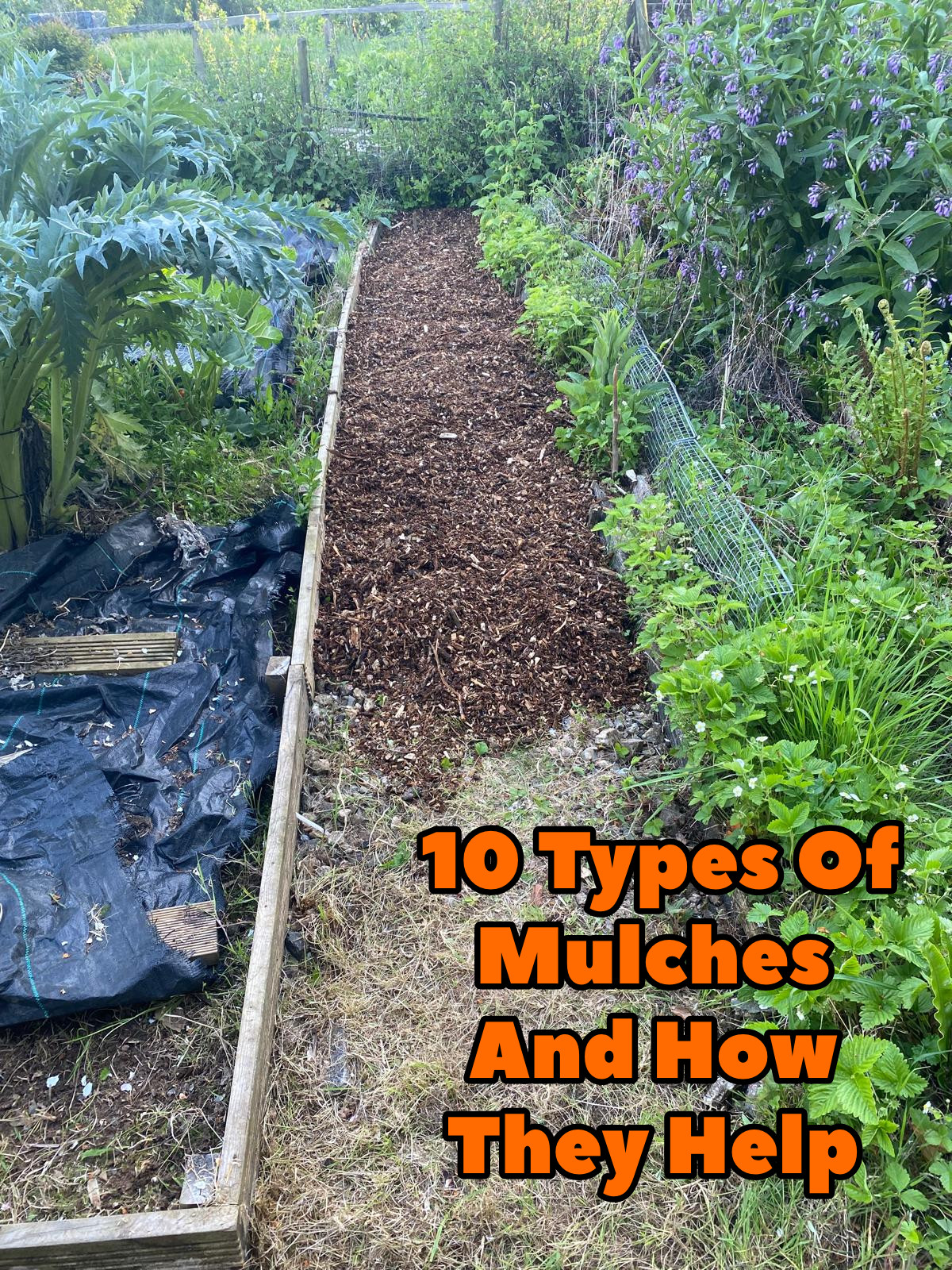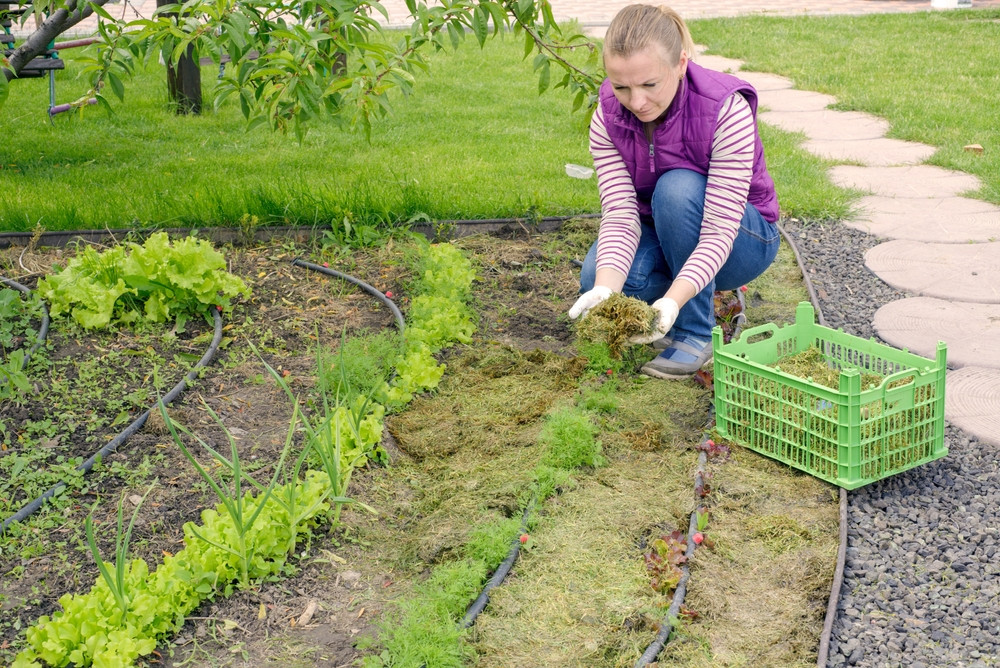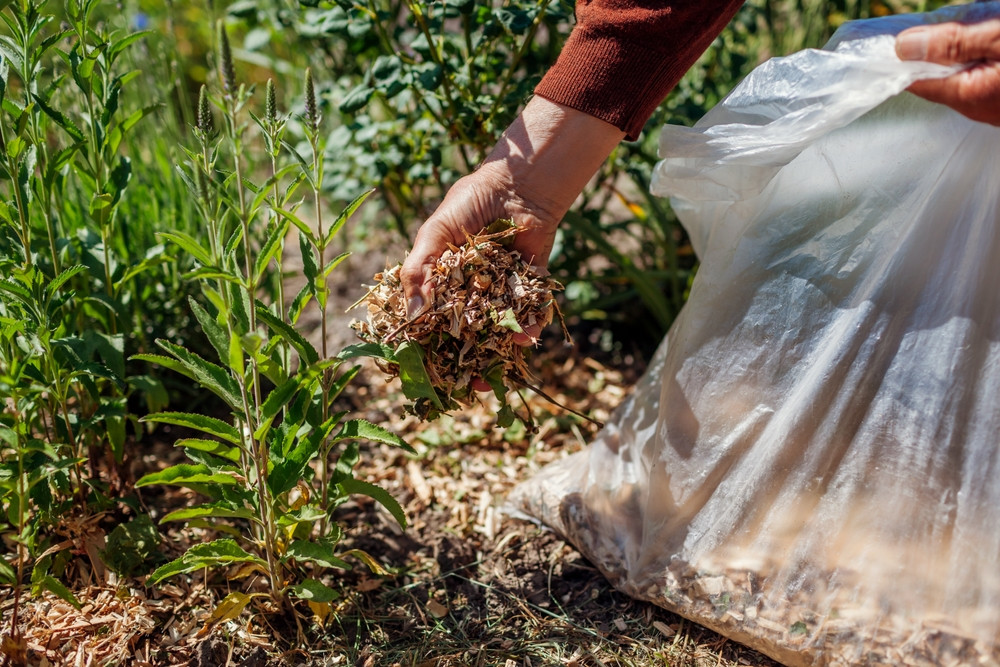10 Types Of Mulches And How They Help

For gardeners seeking to minimize upkeep and maximize plant health, ground covers are indispensable allies. These materials act as diligent assistants, reducing the need for constant weeding and watering. However, selecting the most suitable ground cover for a specific purpose is crucial. Here’s a curated selection highlighting the optimal uses of various ground cover types.
1. Aged Manure: Soil Improver Aged livestock manure serves a dual purpose: it acts as a beneficial ground cover while simultaneously enhancing soil quality. As it gradually breaks down, it integrates into the earth, improving its structure and nutrient content. Ensure that raw manure decomposes for at least three months before applying it around your plants.
2. Garden Compost: Recycled Feed Compost created from decomposed plant matter makes an exceptional all-purpose ground cover and soil amendment. To accelerate the breakdown process in your compost pile, consider layering in a nitrogen-rich amendment every eight inches of material.

3. Mushroom Compost: Alkaline Booster The spent substrate from commercial mushroom cultivation is rich in nutrients and beneficial for lime-loving plants. Similarly, residual material from tomato grow bags can be repurposed for the same benefit.
4. Coffee & Tea: Acidifier (Pots) For those dealing with alkaline soil or water, spent coffee grounds and tea leaves can gently increase acidity, along with contributing small amounts of vital elements. Given the limited supply typically available, reserve this ground cover for acid-loving container plants.
5. Pine Needles: Natural Acidifier Resistant to displacement by wind, pine needles provide excellent coverage and contribute to soil acidity as they decompose. They are particularly well-suited as a ground cover for plants that prefer acidic conditions.
6. Bark Chips: Weed Suppressant Available in diverse textures, bark chips offer an attractive and durable solution for weed control. Over time, they decompose, adding valuable humus to the soil without causing compaction. Keep in mind that bark itself lacks significant nutrients, so plants covered with it might require supplemental feeding.

7. Wood Shavings: Long-Lasting Cover Similar to bark chips, wood shavings offer long-lasting weed suppression and gradually enrich the soil as they decompose. Different types offer varying decomposition rates and textures.
8. Plastic Sheet: Weed Blocker & Warmer Dark plastic sheeting provides an effective barrier against unwanted plant growth, particularly in cultivated beds. It also helps to elevate soil temperature, potentially promoting earlier plant development. To implement, create openings for your plants and secure the edges with heavy objects, stakes, or by burying them.
9. Gravel/Pebbles: Decorative Moisture Lock Beyond their visual appeal, small rocks and pebbles help to conserve soil moisture by reducing evaporation. For superior weed control, consider placing a layer of perforated dark plastic underneath.
10. Straw Mulch: Pest Deterrent While it may occasionally contain seeds, cereal straw serves as a useful ground cover, ideally applied in a layer of about four inches. Chopping it can help deter slugs and snails.
By appreciating the distinct characteristics of these ten ground cover options, garden planners can make informed choices to promote plant vigor, minimize maintenance, and cultivate a more flourishing and attractive garden. Select wisely, and let these ground covers work wonders for your outdoor sanctuary.


